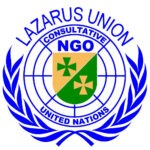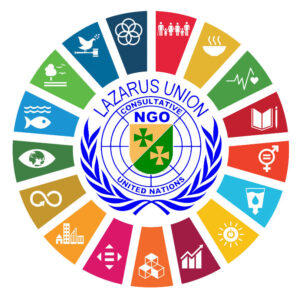Preamble
In the Middle Ages leprosy was also called Lazarus disease. The original German name of the disease is “Aussatz”. The sick affected by leprosy had to live outside of human settlements – they were “exposed” by society and thus segregated by the society of their fellow men. For the isolation (separation) of the lepers outside the city’s hospices were established, which were called also Lazarus houses. Therefore, some suburbs in France today are called Saint Lazare and in Italy San Lazzaro. The German word Lazarette has the same origin.
A leper himself was easy to recognize, he was without means, wrapped in shreds and rags, the body of the leprosy heavily marked. Society was afraid of infection, so people were excluded. They could not contact the others. They should show that they are ill. Leprosy was incurable at that time. Sick and excluded from society, also a social death.
At all times and in all cultures, lepers were exemplary for the fringe groups of our society.
Today, as then, people tend to declare others to be “lepers“. Today, as then, leprosy was and is not only a medical diagnosis, but a social diagnosis. Why and who is defined as leprous by society says more about the lepers than about the expellees.
The “lepers” today have other characteristics: disabled, asylum-seeking, homeless, addicted, long-term unemployed, socially weak, mentally unstable … Whatever they do, they find it difficult to belong. They too are marked.
In the past leprosy was often regarded as God’s punishment. Today it is often said: “It is your own fault!” And with that we get rid of our own responsibility and still blame the other for his or her exclusion. Whoever was or is affected by the fate of being outcast has arrived at the very bottom.
We must never stop thinking about what it means for a person to be involuntary and unwanted


